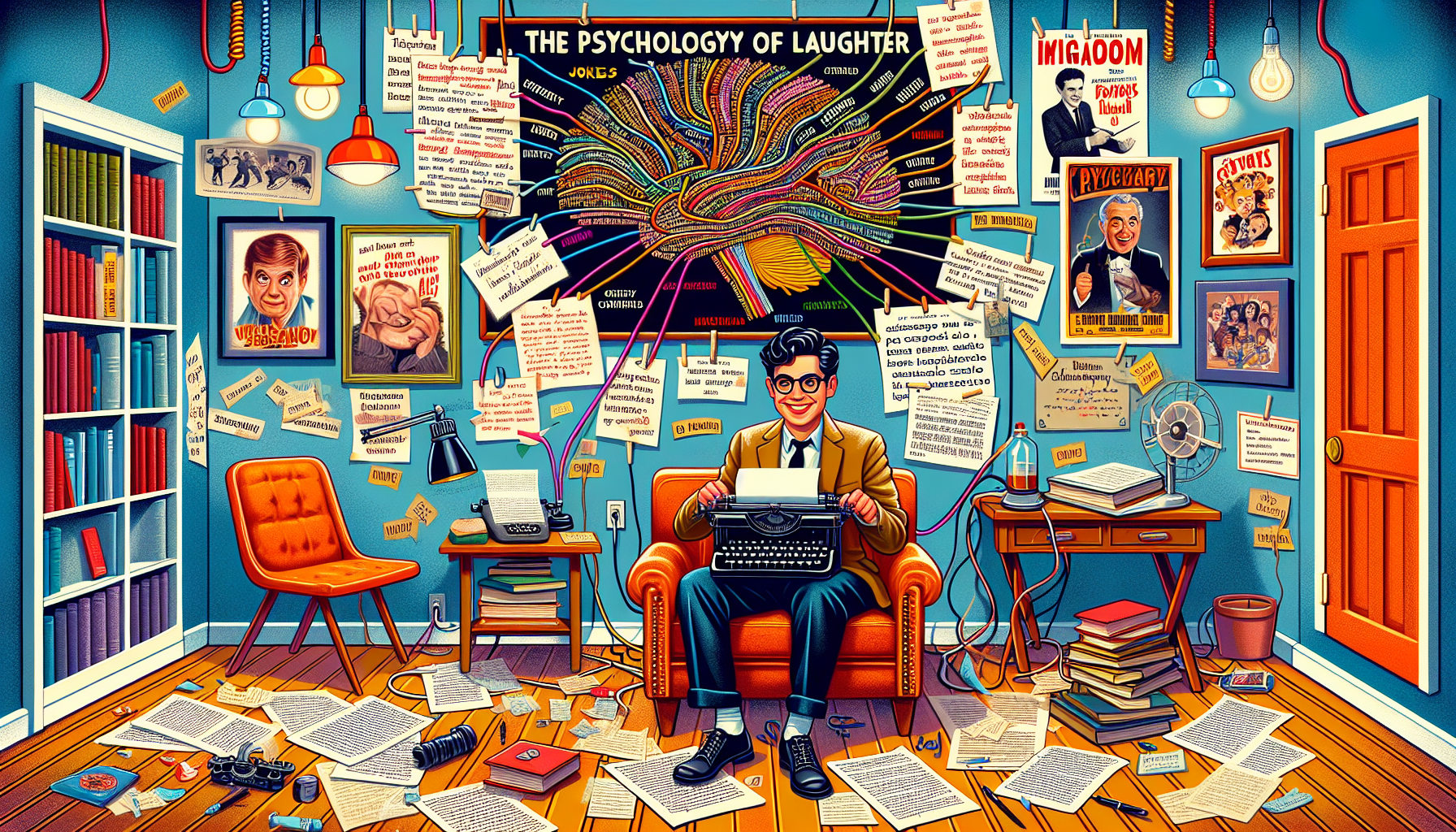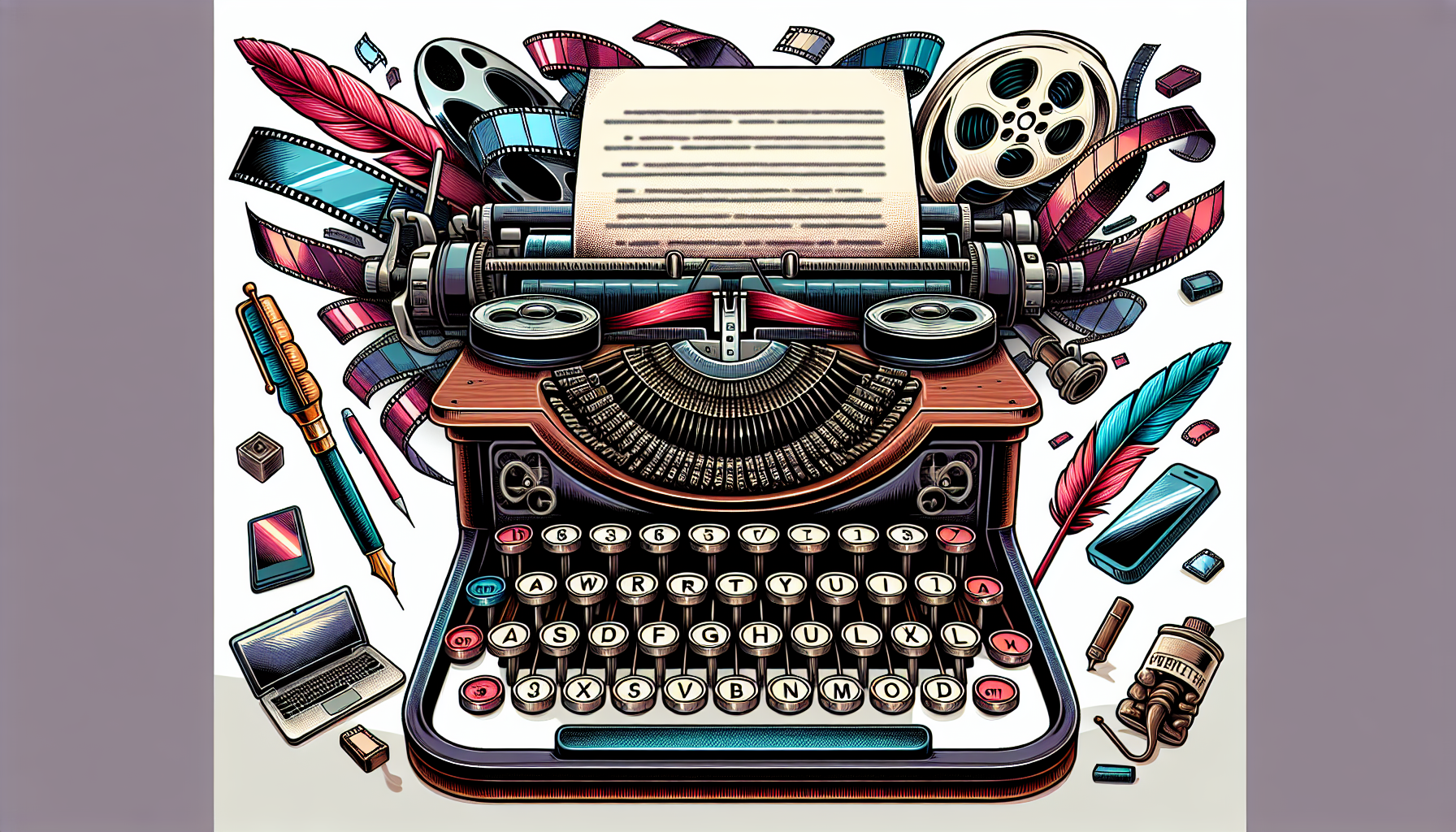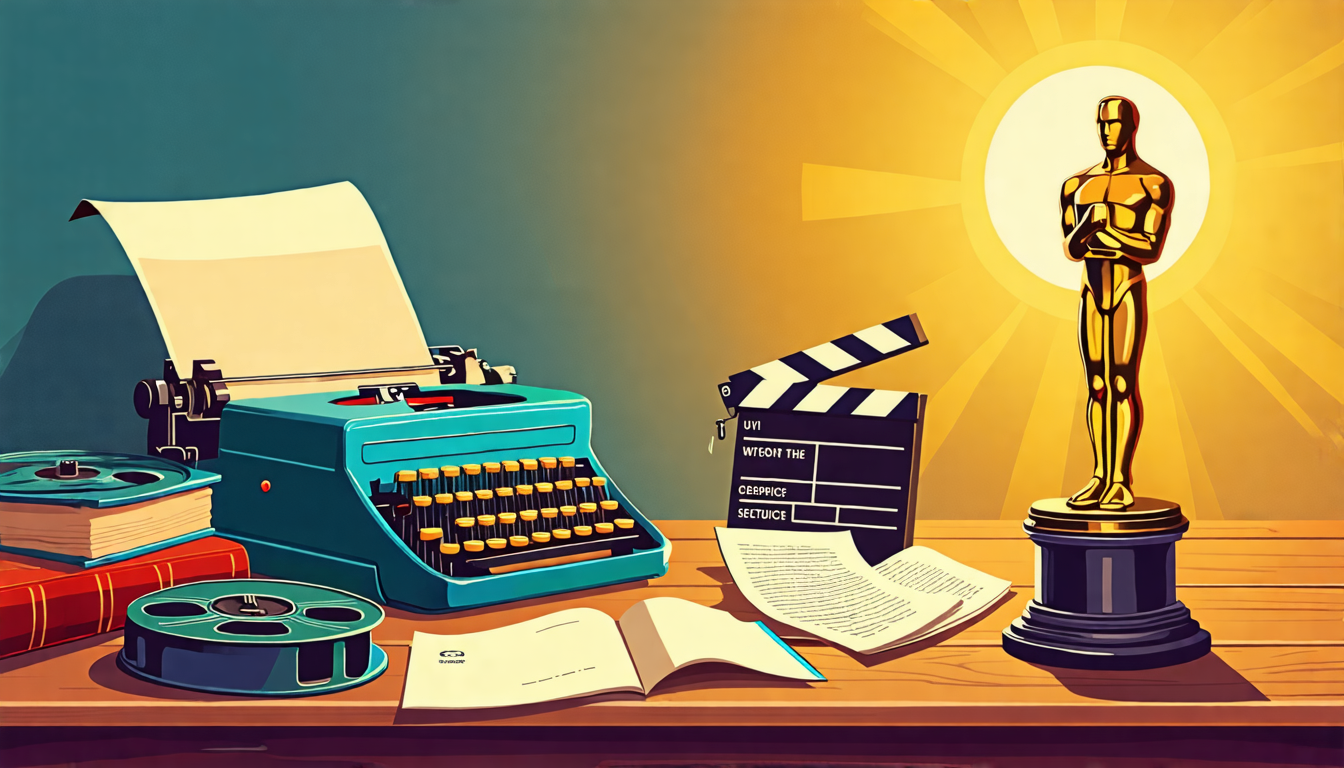
The Art of the Guffaw: Dishing Out Humor in Screenwriting
Picture this: a dark room, a flickering screen, and then… eruption of laughter! As unassuming as it might seem, laughter is a complex beast in the jungle of human emotions, and taming it requires finesse. Fear not, aspiring comedic scribe! We’re about to slice open the comedy watermelon and let the juicy secrets spill right out.
Why We Laugh: The Psychology Behind the Chuckles
Before you can scribble gut-busting scripts, first, an understanding of why humans laugh is essential. Don your lab coats, folks—this is going to get intellectual! Psychologists often break down humor into a wonderful cocktail of incongruity, relief, and superiority. In simple terms: we laugh at the unexpected, the released tension, and admittedly, others’ misfortunes (schadenfreude anyone?).
Incongruity: A Recipe for Surprise Pepper
Ever wondered why a priest, a rabbi, and a monk walking into a bar is the start of half the jokes in your grandpa’s arsenal? It’s all about incongruity, baby! The brain expects one thing, but when the punchline delivers a twist, our cognitive gears get a jolt and force a chuckle. To master this in screenwriting, set up a scene where the audience expects one outcome and then flip it on its head faster than a pancake at a brunch buffet.
Relief Theory: It’s Not Just for Therapy Anymore
Sigmund Freud wasn’t just about interpreting dreams—he also chipped into our understanding of humor. According to him, laughter releases psychic energy built up from repressed emotions or taboos. Engaging in relief humor is like making your script a pressure cooker, allowing the audience to let off steam through laughter. A well-timed comedic scene following a tense moment can be as satisfying as popping bubble wrap.
Superiority Theory: Having a Chuckle at Others’ Expense
It may not be the noblest form of humor, but hey, it works like a charm. When characters in films fumble or find themselves in embarrassing pickles, audiences often can’t help but snicker. It’s the “thank goodness it’s not me!” effect. By crafting characters that boast and fail or seem oblivious to their flaws, you hand the audience a ticket to the Feel-Good-About-Ourselves Train.
Structuring Jokes in Your Screenplay
Now that we’ve unpacked the suitcase of laughter theory, how do you pack these theories into a tight-knit joke? First tip: Timing is the heart’s beat of humor. Deliver your punchlines too late and they falter; too early, and they feel rushed. Your screenplay should allow the joke the perfect runway—enough build-up to create anticipation but quick enough to catch viewers off-guard.
Dialogue: The Banter Battlefield
Great dialogue is like a tennis match where the serve might be humorous, but the return—oh, the return—is where the belly laughs are. Allow characters to use wit, wordplay, and yes, even puns, to reflect their personalities. Consider the sharp, back-and-forth exchanges in sitcoms, where each line zings and zangs across the net of narrative.
Action: Slapstick and Sight Gags
Not all humor dances through dialogue. Sometimes, it pratfalls its way through physical comedy. From Charlie Chaplin in the silent era to the animated antics of modern films, visual humor transcends language barriers and tickles the funny bone through pure action. The key? Precision in physicality and timing.
Testing and Refining Your Screenplay’s Humor
Just like any scientist will tell you, testing is crucial. Use table reads, peer feedback, and even casual pitch sessions as your lab. Notice where guffaws and chortles erupt and where crickets play their sad, sad symphony. Tweak, rewrite, and perhaps, add a dash more of incongruity until the laughter flows like a fountain.
In the world of screenwriting, mastering humor can feel like trying to catch lightning in a bottle. But with a keen understanding of why we laugh, how to structure a joke, and endless dashes of creativity, your screenplay can not only tickle funny bones but also become etched in memory as refreshingly delightful. So go ahead, laugh it up, and let your script be the reason someone else does too!






